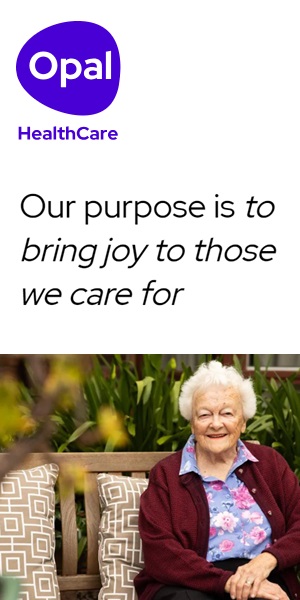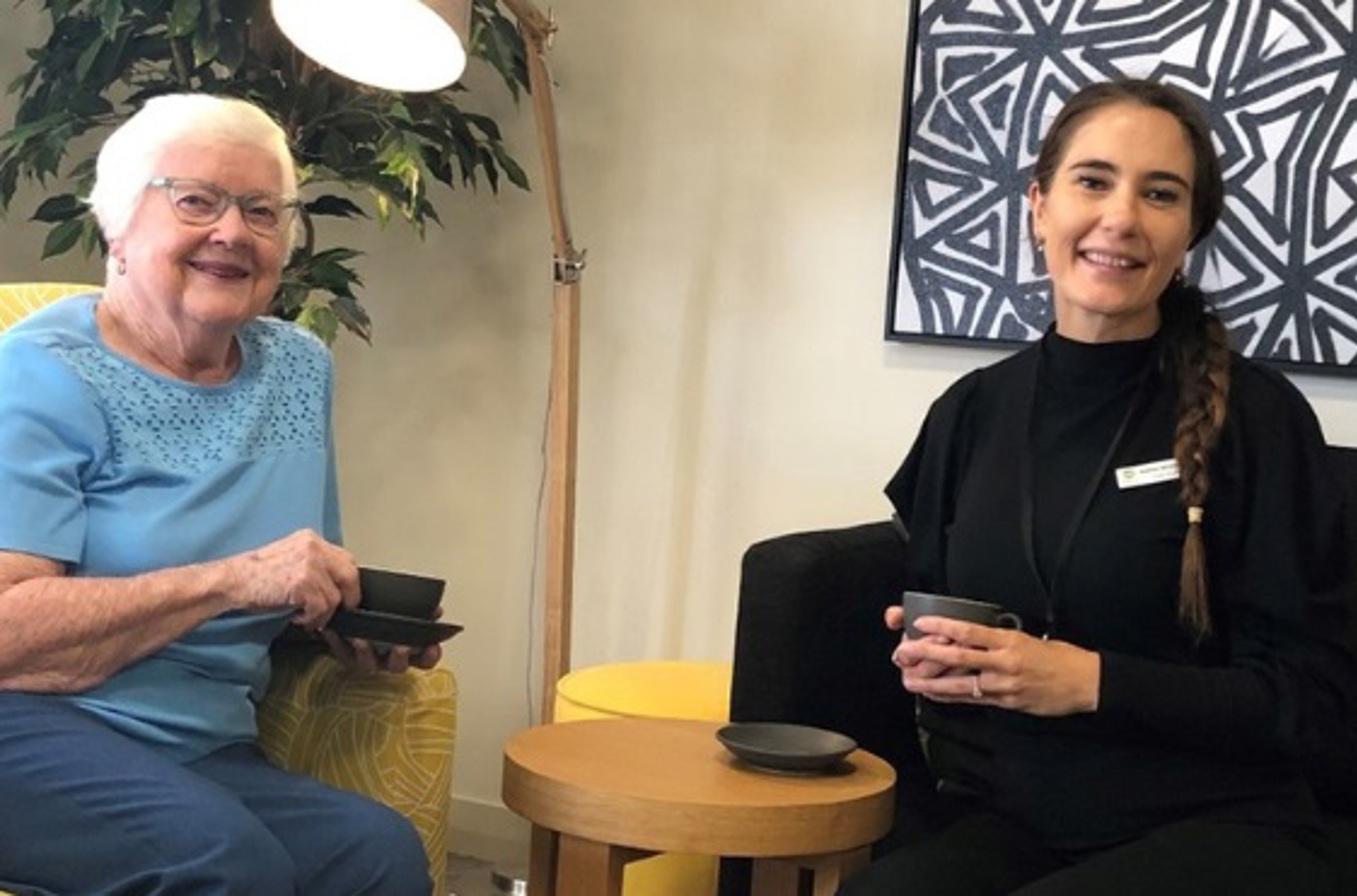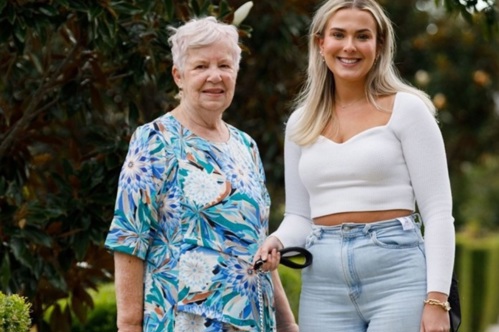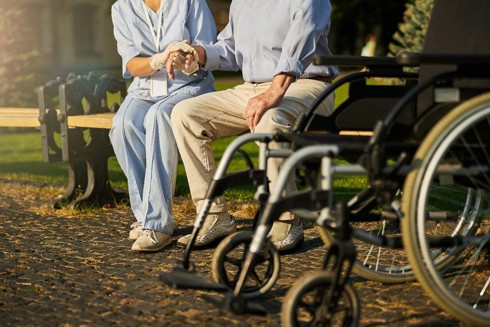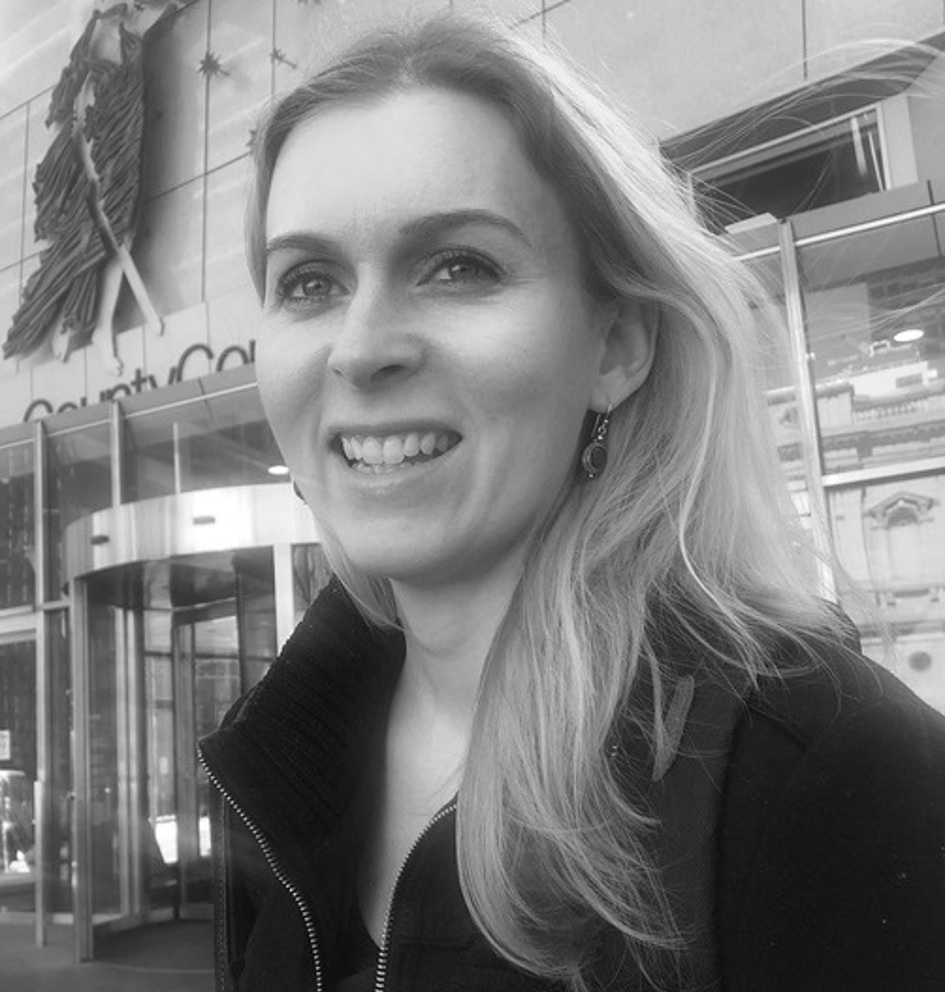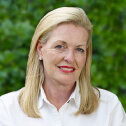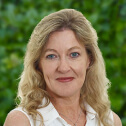Caring for older Australians as the population ages
30/05/2024
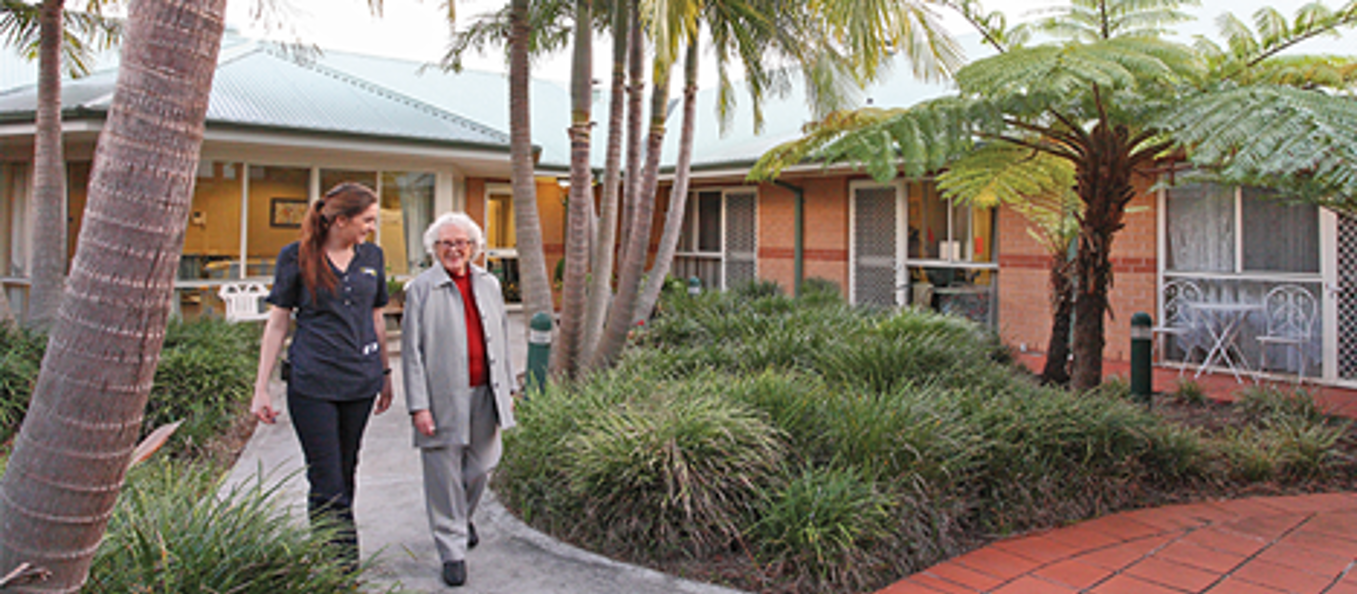
What will aged care look like in 2040? Demographer Simon Kuestenmacher, co-founder of The Demographics Group, has some predictions.
Australia is predicted to double the 85-plus population in the next 14 years from 586,000 to 1.18 million.
The need for aged care workers is also expected to grow at the same rate, which is a huge problem as it stands, as the sector is dramatically understaffed right now.
This workforce will also shrink as around 20% of Registered Nurses, Personal Care Assistants, cleaners, and aged and disability carers are aged 55-64 right now and due to retire in the next 10 years, Simon wrote in The New Daily this week.
Is migration the answer as it has been in the present and past?
"A much higher proportion of aged carers (41 per cent) were born overseas than in the nation overall (33 per cent). Migrants are even the majority of aged carers in their 30s (54 per cent),” said Simon.
"Among younger migrant aged care workers (aged 26 to 38) just over 50 per cent hold at least a bachelor’s degree. Since education is still the best indicator for your future income, it is unlikely that these highly skilled migrants will remain in the low-paying care sector throughout their whole career."
In short, Australia needs many more aged care workers by 2038 – is there a solution then?
New models of aged care

In Cambodia and Vietnam, young people look after seniors, with care at small extra cost. In the UK, nursing care is delivered in high care homes, with local health teams coordinating nursing care in lower care homes.
In Australia, several ideas have been identified to address the shortfall in aged care staff.
The retirement village peak body have offered a plan to provide care in villages.
Shared Care, a briefing document by the Retirement Living Council, would see a small portion of many village residents’ Community and Home Support packages and apply those funds to the full village, which would deliver economies of scale and investments in wellness supports for all residents.
Take that a step further, a group of households in a neighbourhood could also pay to share a full-time carer.
Technology will be used much more to ensure independence in old age. Wearable technology will feed data into a centralised healthcare system that alerts care services of falls, pending health complications, and heart attacks.
Robots will be companions, able to check on their human friend, and assess if they need care and alert support services if something is wrong.
"Aged care in 14 years will look very different to what it does now," said Simon.
That is a given.
